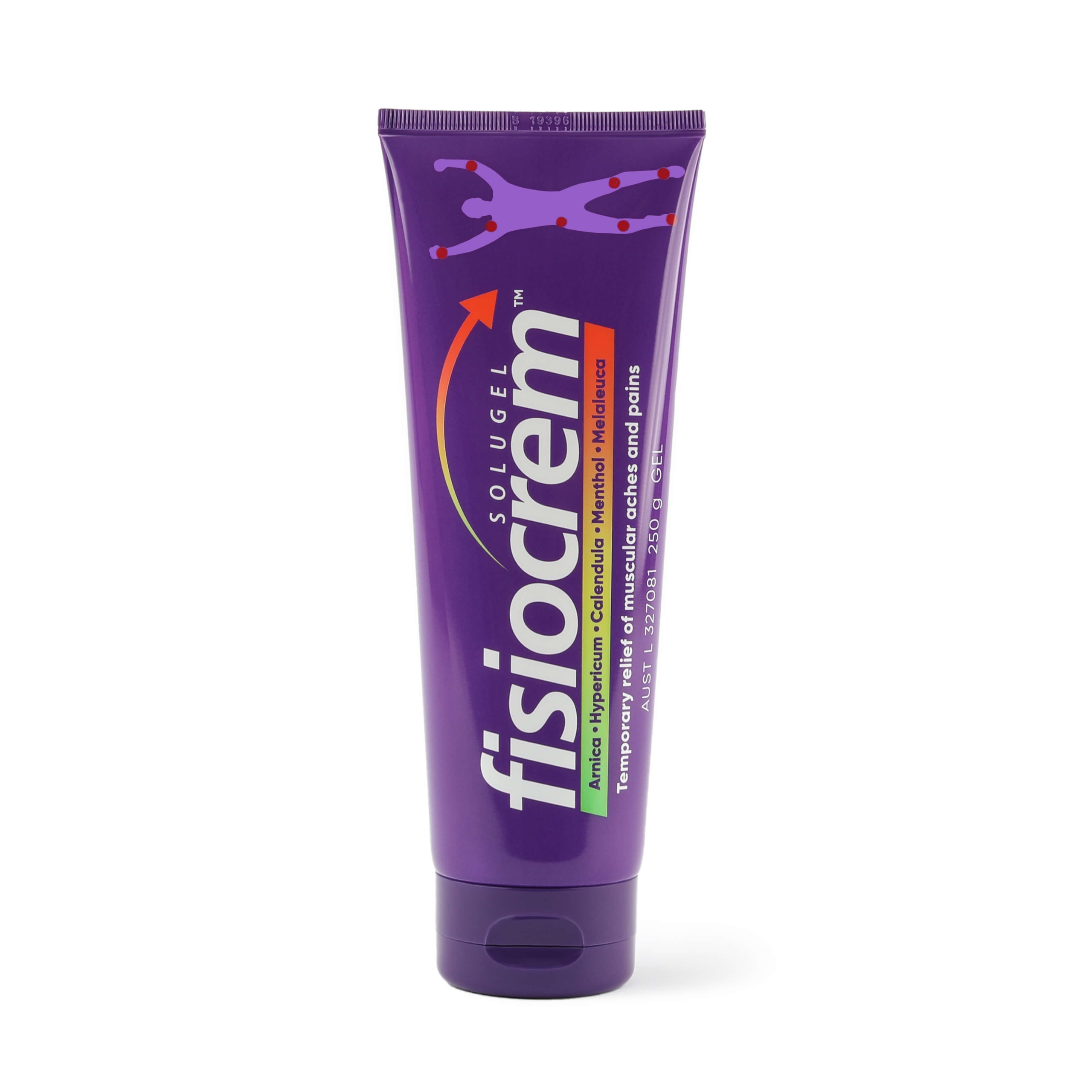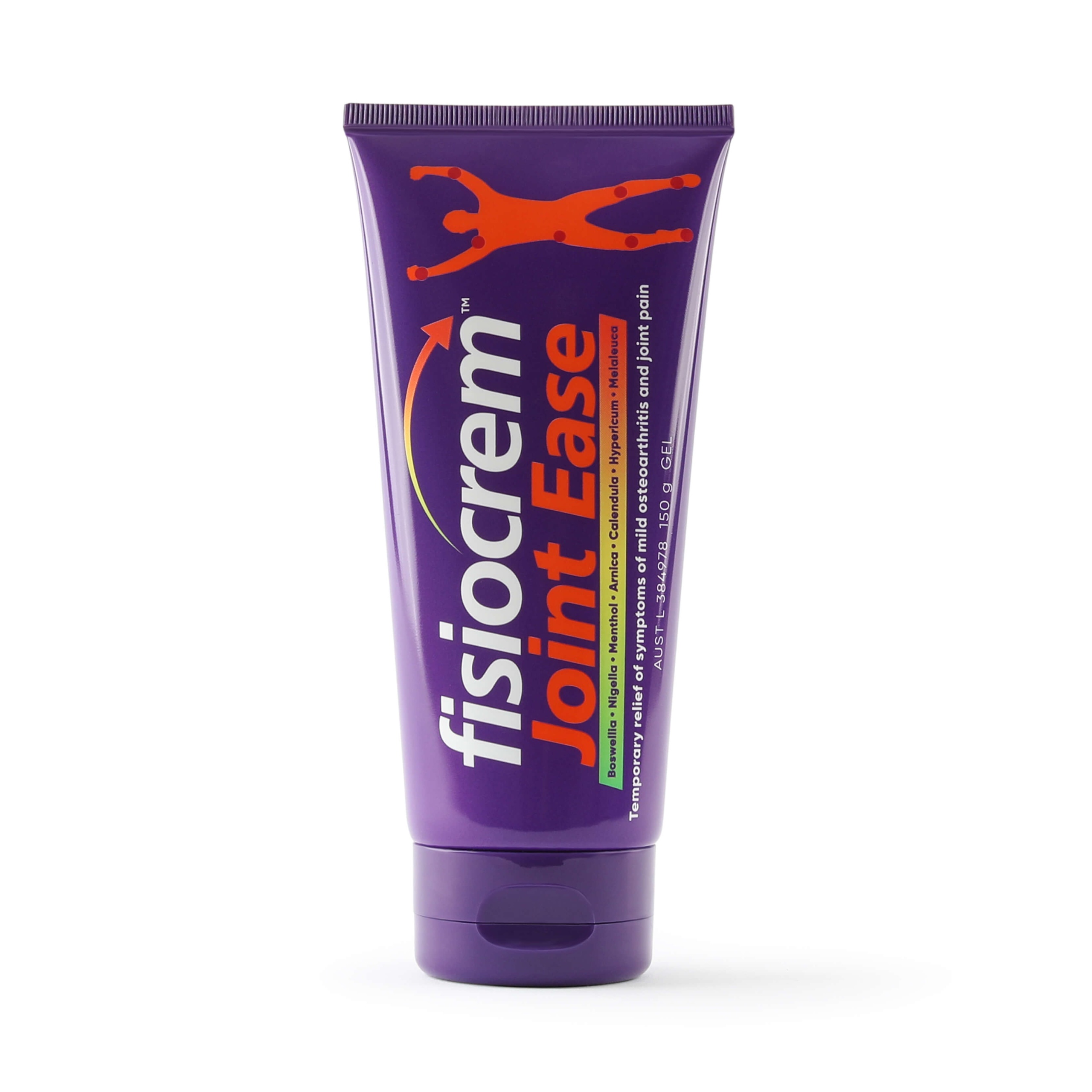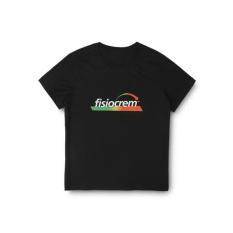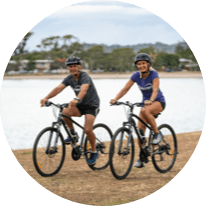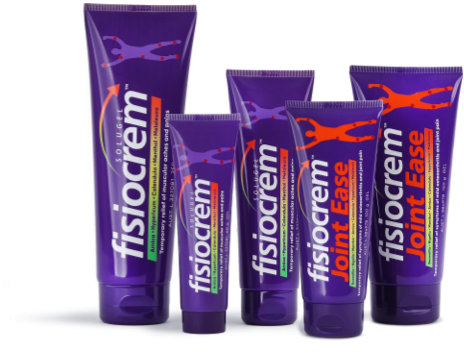About Mild Arthritis Pain
Mild arthritis is a very common disease affecting an estimated 3.6 million (15%) Australians (ABS 2018). Approximately 1 in 7 Australians live with mild arthritis and this is expected to rise to 5.4 million by 2030 (Arthritis Australia 2023).
The disease affects people of all ages. In Australia, it is the second most common cause of early retirement due to ill health. Approximately 52,000 people aged 15 to 64 years are unable to work due to the condition (Arthritis Australia 2023).
Certain types of mild arthritis are more common among certain age groups, ethnicities, and genders. The symptoms of mild arthritis, causes, treatments, and areas affected vary depending on the type. There are many areas of the body affected by the disease. Some areas of the body that are more commonly affected are the hands, wrists, knees, and feet.
There is no cure for the disease, but there are many treatment and management options to help provide relief for mild arthritis pain. Mild arthritic conditions can be slowed down and controlled through lifestyle changes, medications, surgery, and other self-care treatments. These treatments can assist in minimising joint inflammation, and relieving pain, stiffness, swelling, and other symptoms.
Mild arthritis is considered a long-term chronic condition. People with the condition are likely to suffer from chronic pain that lasts longer than six months. The condition can pose a significant health risk and affect a person’s quality of life.
Types, symptoms, causes, and treatment
Mild Osteoarthritis (OA)
Mild osteoarthritis (OA) affects more people than any other joint disease (Buckwalter, J., Saltzman, C., & Brown, T. 2004). Mild osteoarthritis is the most frequent cause of pain, loss of function, and disability in adults (Sinusas, K. 2012). Mild OA is a degenerative disorder in which joint cartilage wears away (Sofat, N., Ejindu, V., & Kiely, P. 2011) (Sinusas, K. 2012).
Mild OA frequently occurs in the hands, feet, knees, spine, and hip, and in rare cases the ankle, wrist, elbow, and shoulder (Buckwalter, J., Saltzman, C., & Brown, T. 2004).
Risk factors for mild osteoarthritis include older age, genetics, female sex, past trauma, obesity, excessive joint loading, and joint injury (Buckwalter, J., Saltzman, C., & Brown, T. 2004)(4).
- Age. A mild OA diagnosis is most common among older adults, and therefore the prevalence of this disorder is increasing rapidly (Buckwalter, J., Saltzman, C., & Brown, T. 2004). Before 50 years of age, the prevalence of mild osteoarthritis is higher in men than women.
After 50 years of age, women are more often affected than men (Felson, D., Lawrence, R., Dieppe, P. 2000). Mild arthritis knee pain is commonly due to age-related deterioration of knee cartilage. - Weight. Obesity is a major risk factor for mild OA, but it is a changeable risk factor. Being obese places an increased weight load on cartilage and bones that make up the joint. Those that are overweight have an increased risk of lower limb mild OA (mild knee osteoarthritis and mild hip osteoarthritis)(King, L., March, L., & Anandacoomarasamy, A. 2013).
Mild osteoarthritis symptoms can include joint locking, joint instability, and joint stiffness that usually lasts for less than 30 minutes (Sinusas, K. 2012).
Treatment for mild osteoarthritis includes nonsteroidal anti-inflammatory drugs (NSAIDs), topical analgesic arthritis cream, exercise such as hand exercises for mild arthritis, some supplements such as glucosamine and chondroitin, therapy, acupuncture and or surgery (Felson, D., Lawrence, R., Dieppe, P. 2000). You should speak with your general practitioner to find the right mild osteoarthritis treatment for you.
*fisiocrem Joint ease is for the temporary relief of symptoms associated with mild forms of osteoarthritis.
There are many other common forms of mild arthritis and therefore you should please speak to your general practitioner and see their advice if you are experiencing ongoing joint discomfort and mild arthritis symptoms.
Learn more
Webinar series supported by fisiocrem. These community webinars aim to educate mild arthritis sufferers about the disease, its causes, and its effects as well as provide self-management strategies, skills, and tips. Learn more here.
Exercises for mild Arthritis
Get Moving!
Stay active with mild arthritis exercises supported by fisiocrem. Keeping active is vital for people living with mild arthritis. This virtual group is a 12-week exercise program that aims to help people stay motivated, provide safe exercises such as mild knee arthritis exercises and provide additional resources and support.
If you are experiencing joint symptoms that are causing concern, you may have mild arthritis. It is therefore recommended that you talk with your doctor about your joint health and your risks. Some types of mild arthritis require immediate action, to minimise any potential permanent joint damage. Getting treatment quickly can help to preserve joint function and prevent other series of health problems.
Potential signs and symptoms to watch for include:
- Pain, swelling, tenderness, and stiffness
- Red or warm-to-the-touch joints
- Reduced range of joint mobility
- Joint symptoms that last three days or more


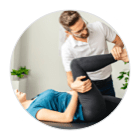



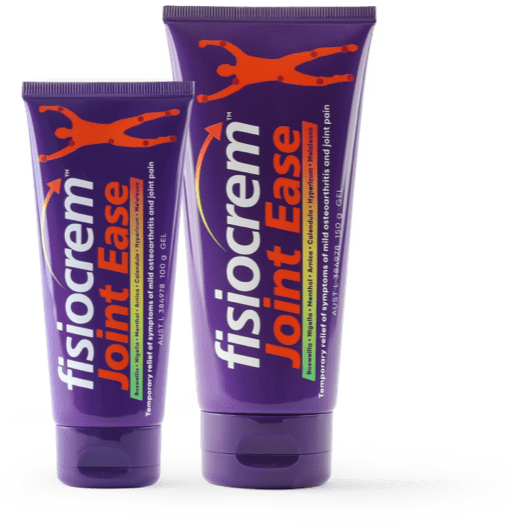
fisiocrem Joint Ease has been formulated for use in mild forms of arthritis, mild osteoarthritis, and joint pain. fisiocrem Joint Ease contains menthol and naturally-derived active ingredients of boswellia, nigella, menthol, arnica, calendula, hypericum, and melaleuca.
fisiocrem Joint Ease is an innovative, discreet, low-odour topical gel that helps to rapidly relieve pain, and improve inflammation and stiffness, symptoms associated with mild arthritis.
fisiocrem Joint Ease is easy to apply, non-greasy, non-heat formulation, is designed to provide ongoing joint comfort and helps to provide mild arthritis pain relief by:
- Helping to promote healthy joint function
- Relieve mild joint pain, soreness, and stiffness
- Maintain joint mobility and flexibility
- Supports body tissue repair
How to use fisiocrem Joint Ease:
Apply a few grams to the affected area 3 to 4 times daily, as required.
Shop this topical mild arthritis cream Australia-wide.
Citations
- Arthritis – Australian Institute of Health and Welfare. (2020).
- Buckwalter, J., Saltzman, C., & Brown, T. (2004). Clinical Orthopaedics &Amp; Related Research, 427,
- Fast facts — Arthritis Australia. (2023).
- Felson, D., Lawrence, R., Dieppe, P. (2000). Annals Of Internal Medicine. Retrieved from https://www.acpjournals.org/doi/10.7326/0003-4819-133-8-200010170-00016
- King, L., March, L., & Anandacoomarasamy, A. (2013). The Indian Journal Of Medical Research, 138(2), 185. Retrieved from https://www.ncbi.nlm.nih.gov/pmc/articles/P
- Sinusas, K. (2012). American Family Physician, 85(1), 49-56. Retrieved from https://www.aafp.org/pubs/afp/issues/2012/010
- Sofat, N., Ejindu, V., & Kiely, P. (2011). Rheumatology, 50(12), 2157-2165.

